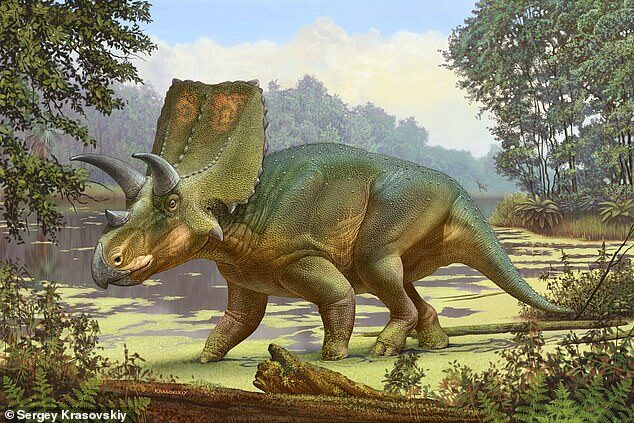OF THE
TIMES
"I am here to sound the alarm. The world must wake up. We are on the edge of an abyss — and moving in the wrong direction. Our world has never been more threatened or more divided. We face the greatest cascade of crises in our lifetimes... A surplus in some countries. Empty shelves in others. This is a moral indictment of the state of our world."While these words appear very truthful on the surface, sitting as we are upon a systemic meltdown of the world economy and potential collapse of population levels unseen since the days of the 14th century dark age, it is worth asking: What are the primary causes for the collapse into an abyss which Guterres is so concerned about?

"The entire Afghan conflict must be examined considering this reality - everything is a lie. Every battle, every campaign, every contract written and implemented - everything was founded in a lie...
Admiral McRaven, when speaking of the operation to kill Bin Laden, noted that there wasn't anything fundamentally special about that mission in terms of the tactics. 'I think that night we ran 11 or 12 [other] missions in Afghanistan,' McRaven noted. Clearly there was a military focus beyond simply killing Bin Laden. It was secretive work, reportedly involving the assassination of Taliban members, that often resulted in innocent civilians beings killed.
It should be noted that, as of 2019, McRaven believed that this kind of special operations activity should be continued in Afghanistan for years to come. So much for the US mission in Afghanistan being defined by the death of Bin Laden. The mission had become death, and the careers that were defined by those deaths.
The fact is the war in Afghanistan did not need to be fought. We could have ended the threat posed by Bin Laden simply by negotiating with the Taliban in the aftermath of 9/11, providing the evidence we claimed to have linking Bin Laden to the terrorist attacks on the United States. Any student of Afghanistan worth their salt knows the fundamental importance of honor that is enshrined in the concepts of Pashtunwali, the unwritten ethical code that defines the traditional lifestyle of the Pashtun people. If, as we claimed, Bin Laden carried out an attack on women and children while he was living under the protection of Pashtunwali, then his dishonor is that of the Pashtun tribes. To clear their honor, they would seek justice - in this case, evicting Bin Laden and his followers from Afghanistan.
In fact, the Taliban made precisely this offer.
For America, however, this would have been an unsatisfying result. We needed blood, not justice, and we sent our troops to Afghanistan to stack bodies, which they did, in prodigious numbers. Most of these bodies were Taliban. We excused this by claiming the Taliban were providing safe haven to Bin Laden, and as such were complicit in the 9/11 attacks.
Which was a lie."
Comment: See also:
- Crannogs: Scotland's mysterious ancient artificial islands
- Brochs: Scotland's enigmatic Iron Age circular stone structures
- Pömmelte: Germany's 'Stonehenge'
- Is key to indecipherable Pictish stones to be found in ancient Tibetan symbols?
And check out SOTT radio's: Behind the Headlines: Who was Jesus? Examining the evidence that Christ may in fact have been Caesar!